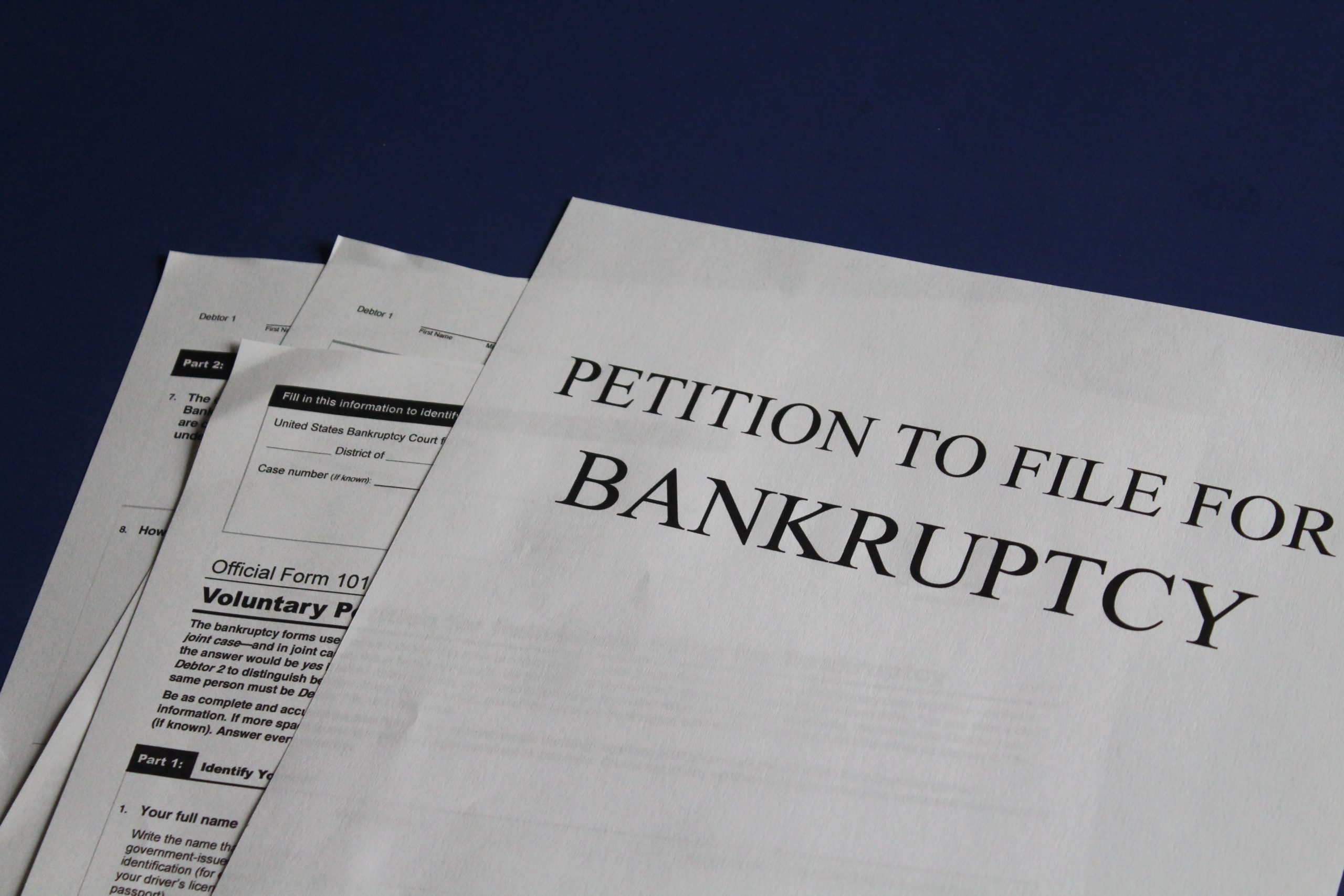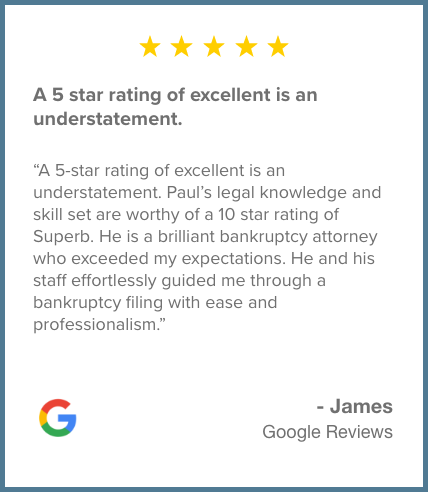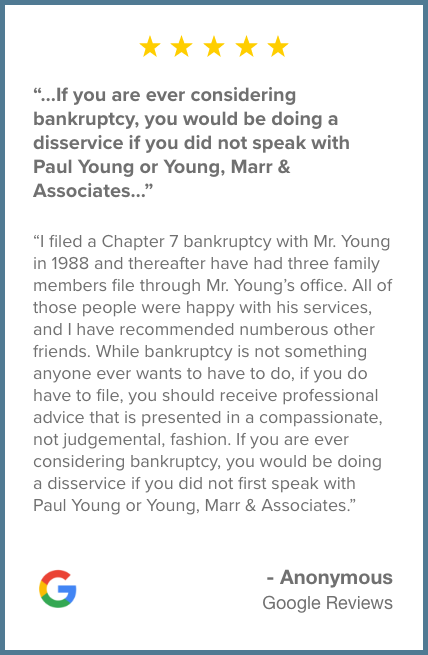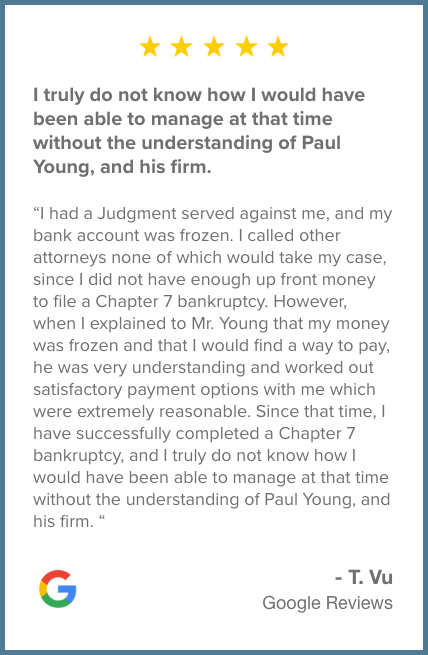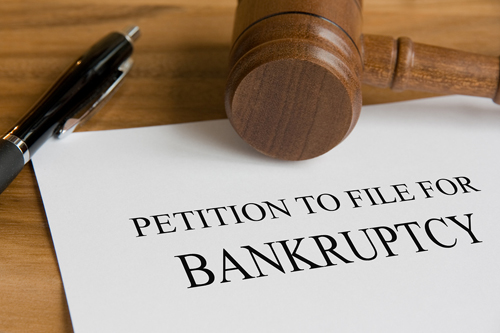A Consumer Bankruptcy Timeline, Part 2: Chapter 13
We’ve previously written about the sort of timeline Chapter 7 debtors can expect. In part two of our timeline guide, we’re shifting focus to explore the typical path a Chapter 13 consumer bankruptcy case follows. While both Chapters share certain similarities, in many ways they are very different, including duration, repayment obligations, and receiving the ultimate discharge.
Chapter 13 Bankruptcy Timeline
Before You File
Like Chapter 7, Chapter 13 is subject to the federal credit counseling requirement. In a nutshell, this requirement mandates that all would-be consumer bankruptcy petitioners must receive credit counseling before embarking on an actual bankruptcy case. Credit counseling must be received through an agency approved by Department of Justice (DOJ). You can browse through DOJ-approved agencies by state here. For convenience, the credit counseling requirement may be fulfilled via phone or internet.
You may not proceed to the actual filing until you complete this step. Then, when you do file, you will be required to submit a document called Exhibit D: Individual Debtor’s Statement of Compliance with Credit Counseling Requirement. Exhibit D is part of B1, or the Voluntary Petition, frequently referred to as simply “the petition for bankruptcy.”
You should also strongly consider retaining the services of an experienced Bucks County bankruptcy attorney to help you. While there is no law prohibiting you from making a pro se filing without legal representation, doing so greatly increases your chances of making an error, thereby decreasing your chances of receiving a successful discharge (while also increasing your chances of being criminally charged with fraud).
To quote the official website of the U.S. Bankruptcy Courts:
“The rules are very technical… Pro se litigants… are expected to follow the rules that govern procedures in the federal courts. Pro se litigants should be familiar with the United States Bankruptcy Code, the Federal Rules of Bankruptcy Procedure, and the local rules of the court in which the case is filed. […] Debtors are strongly encouraged to obtain the services of competent legal counsel.”
In a Third Branch article published in 2008, Chief Bankruptcy Judge Judith Wizmur states, “It is very difficult for a pro se filer to understand and successfully traverse the system.”

Submitting the Paperwork
Unfortunately, bankruptcy cases are often accompanied by considerable paperwork; but your lawyer will help you to understand, prepare, and submit all the necessary documents. These documents include:
- BI, Voluntary Petition
- B6, Cover Sheet and Summary of Schedules
- B6A, Schedule A: Real Property
- B6B, Schedule B: Personal Property
- B6C, Schedule C: Property Claimed as Exempt
- B6D, Schedule D: Creditors (Secured Claims)
- B6E, Schedule E: Creditors (Unsecured Priority Claims)
- B6F, Schedule F: Creditors (Unsecured Nonpriority Claims)
- B61, Schedule I: Income
- B6J, Schedule J: Expenses
- B7, Statement of Financial Affairs
- B21, Statement of Social Security Number
It should be noted that this is not an exhaustive list, and that the specific details behind your case will have an effect on which forms you need or need not prepare. For example, only debtors possessing hazardous property need to worry about the Exhibit C component of B1.
As with Chapter 7, several weeks after you file, you and your creditors should receive a Notice of Commencement of Case, which includes future dates and deadlines.
The Reorganization Plan
This is the key, defining feature of Chapter 13 which sets it apart from Chapter 7. The reorganization plan is also the reason that Chapter 13 cases:
- Take considerably longer to complete: typically three to five years, as opposed to about four months for Chapter 7 cases.
- Offer debtors a greater degree of asset protection.
- Are only available to debtors whose financial means exceed a certain level.
In plain terms, the reorganization plan is a blueprint which details when and how you will repay your creditors over the next three to five years. While the financial demands of Chapter 13 are greater than those of Chapter 7, the benefit is that Chapter 13 debtors are able to keep more of their non-exempt property, because they are paying off creditors with their income.
For this reason, some people who otherwise qualify for Chapter 7 prefer to opt for reorganization if the option is available. However, if your secured debts (i.e. debts with collateral, such as a mortgage) exceed $1,149,525, and if your unsecured debts (i.e. debts without collateral) exceed $383,175, you will not be permitted to choose Chapter 13.
Once you file, you have 15 days to file your reorganization plan (also called a repayment plan). Then, you must make the first payment within 30 days of filing the plan. If you fail to do this, your case may be dismissed. It is always the best and safest course of action to abide by every deadline, leaving a healthy safety margin in case anything is delayed or goes wrong.
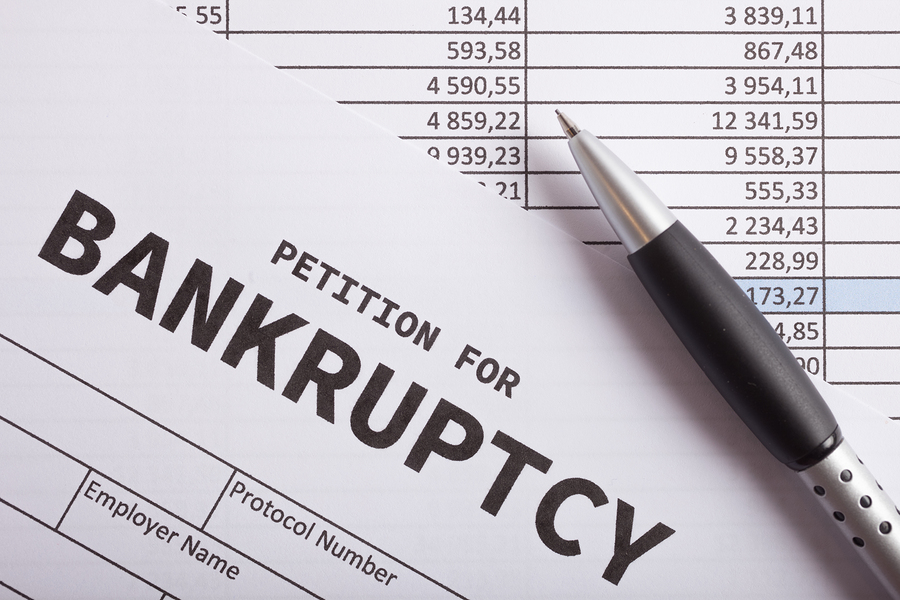
The Meeting of Creditors, Debtor Education, and Discharge
Like Chapter 7, Chapter 13 includes a Meeting of Creditors, also known as a 341 Meeting, which should take place about six weeks after you initially file. Your attendance at this meeting is mandatory, and other attendees will include your attorney, the trustee assigned to your case, and your creditors. (However, it is somewhat unusual for all of a debtor’s creditors to attend.)
While this is a brief and somewhat informal meeting without any presiding judge in attendance, it is an extremely important part of your case. Do not miss this meeting, or your case will be dismissed.
After the meeting is over, your creditors have one month to bring up any problems they have with the terms of your repayment plan. Then, about two weeks after your creditors’ 30-day deadline passes, your trustee will make a recommendation to the court for or against your reorganization plan. If any objections or issues should arise, your Pennsylvania bankruptcy lawyer will assist you.
Finally, you must take a course in debtor education before you can be granted a discharge. Like credit counseling, debtor education must come through a DOJ-approved agency. You can browse agencies here. By the time you reach your last payment, you must submit Form B23 as proof of completion. (The formal title is quite a mouthful: Debtor’s Certification of Completion of Post-Petition Instructional Course Concerning Personal Financial Management.)
If you follow your repayment plan in a timely and thorough manner, you’ll receive your discharge within three to five years.
To schedule your free and private legal consultation, or if you’d simply like to learn more about how Young, Marr, Mallis & Associates can help you file, call our law offices at (609) 755-3115 in New Jersey or (215) 701-6519 in Pennsylvania today to speak with a bankruptcy lawyer. You can also contact us online.


